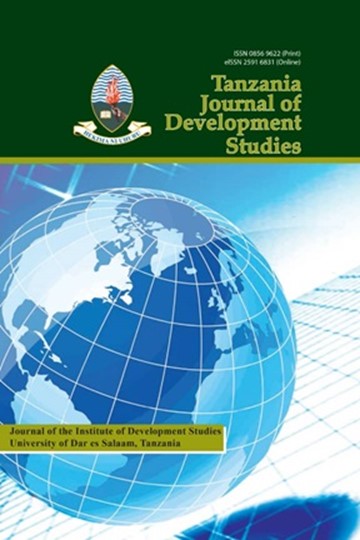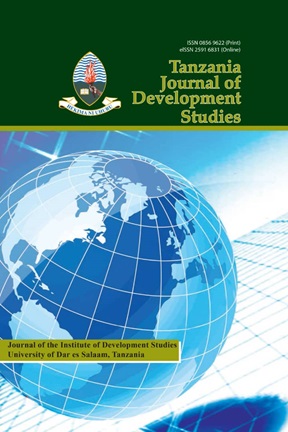Growing Through Cities in Tanzania:
The Implications on National Development
Keywords:
City, urbanization, development, agglomeration, servicesAbstract
This paper examines the role of towns or cities of different population sizes on a country’s growth. Also, it compares the role played by urban and rural regions on a country’s socio-economic development. It adopted a comparative-case study design with an objective database meta-analysis for urban development in Tanzania (1990– 2024). It further reviewed metadata through Our World in Data (OWID), Tanzania Urbanization Laboratory (TUlab), and the NBS migration and urbanization monograph. Furthermore, it used the Integrated Labour Force Survey (ILFS, 2020/2021) and Household Budget Survey (HBS, 2018) for urban and rural socioeconomic data. Interviews with 26 government and non-government officials undertaken in Dar es Salaam and Dodoma cities were used to complement the metaanalysis. The findings indicate that urbanization is fast in Dar es Salaam, Mwanza, Tanga, Mbeya, Arusha, Morogoro and Dodoma. Socially and economically, Tanzania is growing through cities despite identifying itself as a rural economic country. Also, although agriculture leads other sectors in employment, its GDP and per capita contribution is low. This provides further evidences that Tanzania is growing through towns and cities. The findings suggest that biased development policies have contributed to this trend. Consequently, there is a need for balanced regional development strategies and rural vitalization policies to redress the rural-urban divide.
Keywords: City, urbanization, development, agglomeration, services
https://dx.doi.org/10.56279/NJIY8787/TJDS.v22i2.4
Downloads
Published
Issue
Section
License
Copyright (c) 2025 Tanzania Journal of Development Studies

This work is licensed under a Creative Commons Attribution-NonCommercial-NoDerivatives 4.0 International License.
All internationally recognized general copyright standards apply.


